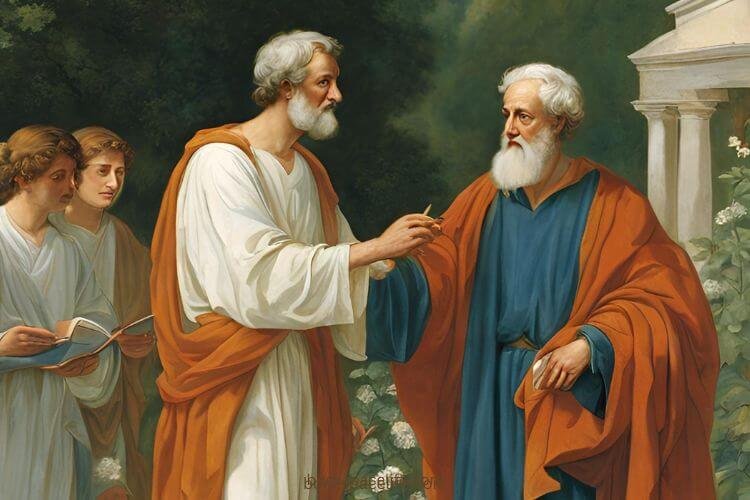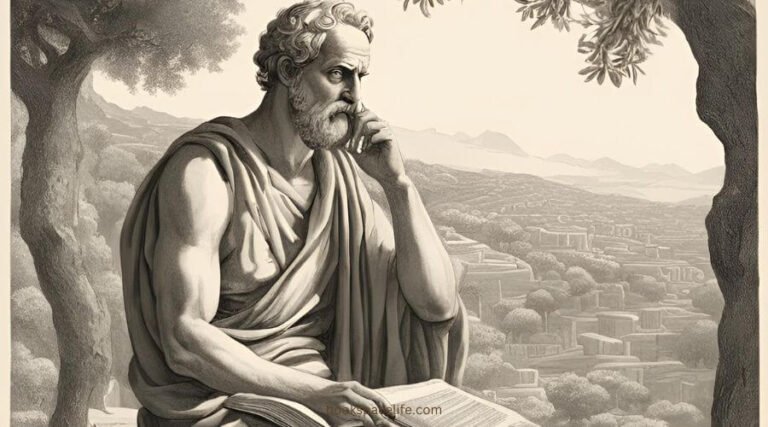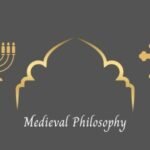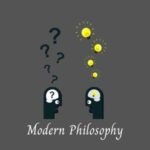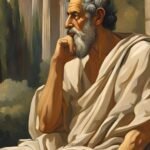Thales of Miletus
Iamblichus: The Philosopher of Theurgy and Neoplatonism
Iamblichus (245 – 325 CE) was a pivotal figure in the development of Neoplatonism, a philosophical system that synthesized the ideas of Plato with mystical and religious elements.
He is best known for his emphasis on theurgy, a practice aimed at invoking the divine through rituals, and for his efforts to expand the metaphysical framework established by his predecessors.
This blog post explores Iamblichus’s life, travels, early education, philosophical contributions, and his lasting influence on both ancient and modern thought.
Quick Read
Table of Contents
(1) Early Life and Education
Iamblichus was born in Chalcis, a city in Syria, during a time when the region was a vibrant center of philosophical and religious thought.
Although the exact date of his birth is uncertain, it is commonly placed in the mid-third century CE. His name suggests a connection to the ancient Greek tradition, and he was likely educated in an environment rich in Hellenistic philosophy.
Iamblichus studied under Porphyry, a prominent Neoplatonist philosopher who was himself a student of Plotinus.
This connection placed Iamblichus within the heart of the Neoplatonic tradition. Porphyry’s teachings profoundly influenced Iamblichus’s philosophical outlook, particularly the emphasis on the relationship between the material and divine realms.
While under Porphyry’s tutelage, Iamblichus engaged deeply with Platonic texts, seeking to understand and articulate the nature of reality, the soul, and the divine.
His education laid the groundwork for his later philosophical contributions, particularly his interpretations of Platonic thought and the integration of religious practices into philosophical inquiry.
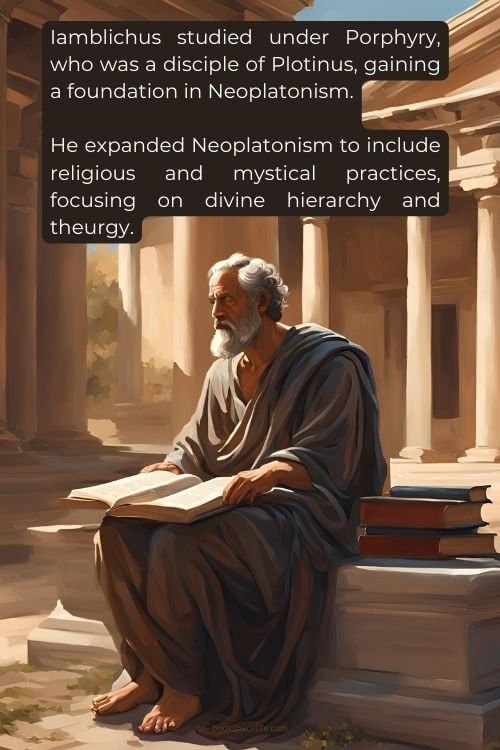
(2) Travels and Philosophical Development
Iamblichus traveled extensively throughout the Mediterranean, visiting various philosophical schools and religious centers.
His travels likely included visits to major cultural hubs such as Athens, where he would have encountered diverse philosophical traditions and interpretations of Plato’s works.
This exposure enriched his understanding of the philosophical landscape and deepened his engagement with Neoplatonism.
During his travels, Iamblichus also explored the mystical and religious traditions of the East, incorporating elements of these practices into his philosophical framework.
His synthesis of Neoplatonism with theurgy reflects his belief in the necessity of divine intervention and the importance of rituals for the soul’s ascent.
(3) Philosophical Contributions
Iamblichus’s philosophical work is marked by his unique synthesis of Neoplatonism and theurgy, which distinguishes him from his predecessors.
His most famous work, “On the Mysteries,” articulates his views on the divine, the soul, and the role of theurgy in achieving union with the divine.
- Theurgy: Central to Iamblichus’s philosophy is the practice of theurgy, which he defined as a series of rituals designed to invoke the divine and facilitate the soul’s ascent to higher realities. Unlike mere prayer or philosophical contemplation, theurgy is an active engagement with the divine, involving complex rituals and invocations. Iamblichus argued that theurgy is essential for the soul’s purification and ultimate union with the divine.
- The Hierarchy of Being: Iamblichus expanded upon the Neoplatonic concept of the hierarchy of being, positing a multi-layered structure of reality that includes the One (the ultimate principle), the Intellect (Nous), and the Soul. He emphasized the importance of intermediaries, such as gods and spirits, who assist in the soul’s ascent toward the divine. This hierarchical view reflects his belief in the necessity of divine mediation in the process of spiritual ascent.
- The Role of the Philosopher: For Iamblichus, the philosopher’s role extends beyond intellectual inquiry; it includes the practice of theurgy and the pursuit of virtue. He argued that true knowledge is not merely an intellectual understanding of abstract concepts but an experiential engagement with the divine through ritual practices.
- Critique of Porphyry: Iamblichus engaged critically with Porphyry’s ideas, particularly regarding the nature of the divine and the efficacy of philosophical reasoning alone. While Porphyry emphasized the importance of rational inquiry and philosophical contemplation, Iamblichus contended that such methods were insufficient for achieving a genuine connection with the divine. This tension between rational philosophy and theurgy marks a significant development within Neoplatonism.
- Mystical Experience: Iamblichus also explored the nature of mystical experiences and the transformative power of divine encounters. He believed that through theurgy, individuals could transcend their earthly existence and experience the divine directly. This emphasis on personal experience and transformation set Iamblichus apart from more abstract philosophical traditions.
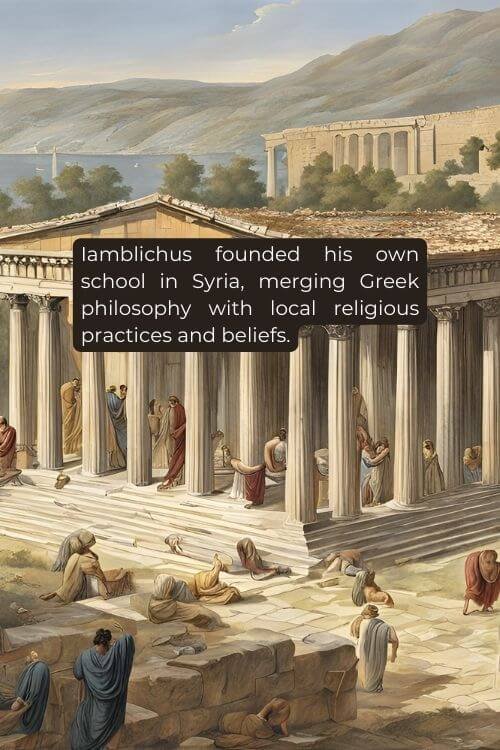
(4) Influence and Impact
Iamblichus’s contributions to philosophy had a profound and lasting impact on subsequent philosophical and religious thought.
His synthesis of Neoplatonism and theurgy significantly shaped the development of later Neoplatonists and early Christian thinkers.
- Influence on Neoplatonism: Iamblichus’s ideas were instrumental in solidifying the practice of theurgy within the Neoplatonic tradition. His emphasis on divine intermediaries and the necessity of ritual practices influenced later Neoplatonists, including Proclus and Dionysius the Areopagite. These thinkers further developed Iamblichus’s ideas, integrating them into their own philosophical systems.
- Impact on Christian Mysticism: The synthesis of Platonic philosophy and theurgy also influenced early Christian thought, particularly in the development of Christian mysticism. Iamblichus’s ideas about the soul’s ascent and the importance of divine encounters resonated with Christian theologians seeking to understand the nature of God and the spiritual journey. His emphasis on personal experience of the divine paved the way for later mystical traditions within Christianity.
- Renaissance Revival: Iamblichus’s works experienced a revival during the Renaissance, when scholars sought to rediscover ancient philosophical texts. His ideas on theurgy and the nature of the divine influenced thinkers such as Marsilio Ficino and Giovanni Pico della Mirandola, who sought to integrate Neoplatonic thought with Christian theology. This revival played a crucial role in shaping the intellectual landscape of the Renaissance and the emergence of modern philosophy.
- Continued Relevance: Iamblichus’s exploration of the relationship between philosophy and spirituality remains relevant in contemporary discussions about the nature of knowledge, the divine, and the transformative power of rituals. His emphasis on the importance of personal experience and the active engagement with the divine resonates with modern spiritual practices and philosophical inquiries.
- Cultural Legacy: Iamblichus’s influence extended beyond philosophy and theology to encompass literature, art, and culture. His mystical ideas and the emphasis on the divine presence in the world inspired various artistic expressions during the Renaissance and continue to inspire contemporary artists and writers exploring the intersection of philosophy and spirituality.
(5) Conclusion
Iamblichus stands as a central figure in the history of philosophy, particularly within the Neoplatonic tradition.
His synthesis of philosophical inquiry and theurgy reflects a profound engagement with the complexities of existence and the human experience.
By emphasizing the importance of divine encounters and the transformative power of rituals, Iamblichus expanded the boundaries of Neoplatonism and laid the groundwork for future philosophical developments.
His legacy endures in the continued exploration of the relationship between philosophy and spirituality, inviting contemporary thinkers to engage with the mysteries of existence and the divine.
As we navigate the challenges of modern life, Iamblichus’s insights encourage us to seek a deeper understanding of our place in the universe and the possibility of transcending our earthly limitations through the pursuit of knowledge, virtue, and divine connection.
(A) 7 Quick Facts on Iamblichus
- Date of Birth – Iamblichus was born around c. 245 CE during the height of the Neoplatonic movement.
- Place of Birth – He was born in Chalcis, Syria, an ancient region in modern-day Lebanon.
- Education – Iamblichus studied under Porphyry, who was a disciple of Plotinus, gaining a foundation in Neoplatonism.
- Philosophical Approach – He expanded Neoplatonism to include religious and mystical practices, focusing on divine hierarchy and theurgy.
- Travel to Rome – Iamblichus traveled to Rome, where he became a prominent teacher and influenced the Roman intellectual scene.
- Founding a School – He founded his own school in Syria, merging Greek philosophy with local religious practices and beliefs.
- Legacy – His ideas on theurgy and mysticism influenced later Neoplatonists and shaped the development of philosophical mysticism in late antiquity.
(B) 10 Quotes attributed to Iamblichus
- The goal of philosophy is not just knowledge, but the elevation of the soul. Emphasizing the spiritual purpose behind philosophical study.
- The divine is the source of all life and wisdom. Recognizing the divine as central to existence and understanding.
- True wisdom lies in unity with the divine, beyond mere intellectual pursuit. Suggesting that true wisdom transcends rational knowledge.
- Theurgy connects us with the gods through sacred actions, not mere beliefs. Highlighting the power of theurgy (rituals) for spiritual connection.
- The soul ascends by aligning itself with higher, divine principles. Describing the soul’s journey toward spiritual enlightenment.
- Philosophy begins with wonder, but true understanding lies in divine connection. Differentiating intellectual curiosity from spiritual insight.
- The path to wisdom is paved by humility and self-purification. Suggesting that inner refinement is essential to attain wisdom.
- All things are interconnected, bound by divine intelligence. Emphasizing unity within the cosmos through divine order.
- The highest form of life is participation in the divine realm. Indicating that true fulfillment comes from aligning with the divine.
- Rituals are not merely symbols, but active links to the divine. Affirming the significance of rituals as more than symbolic acts.


